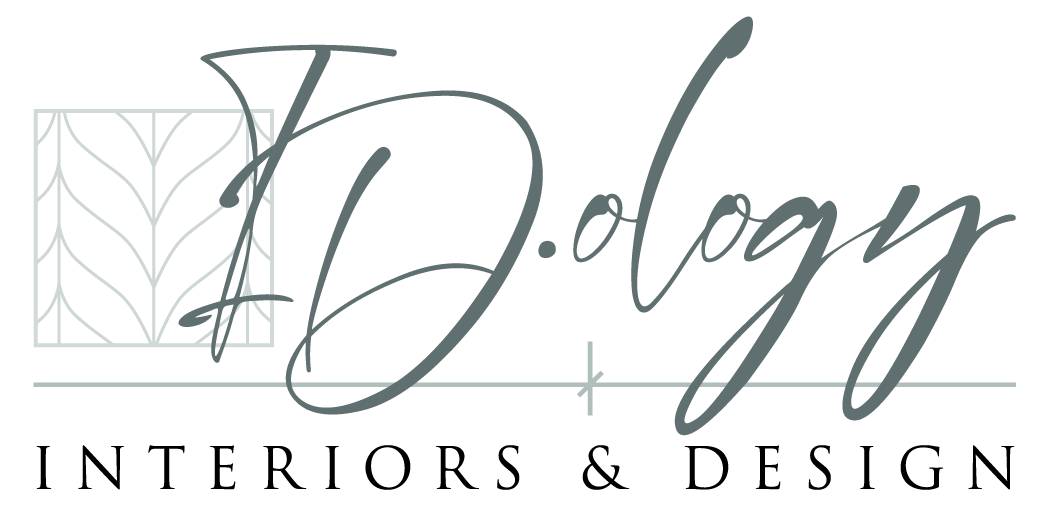Everyone we know has a pet these days whether it is a pet dog, cat, or bird etc. And, to most people these pets mean just as much to them as their own children! Designing for aging in place, or universal design, is now not just a concern for aging humans but also for pets in the home. Designing for aging in place, or universal design, are design elements that provide more ease of use when your body isn’t as tried and true as it used to be or if you have a special need that requires a bit different design than what the standard is, such as wider doorways or drawers for pots and pans in your kitchen instead of doors and shelves. When thinking about designing a space that is more pet friendly there are certain elements that are more cleanable, some that are more ergonomic for the size of your pet, and just some fun elements to incorporate into your space that don’t necessarily effect the function of your space. Remember that you can have the best of both worlds! The key is choosing the right materials and accommodating your pet’s needs.
Tips that would come into play into a pet friendly space are incorporating appropriate colors, using the right flooring products, planning for a designated space for your pet’s food and private time spaces, and minimizing steps. Instead of having to lift your dog up the stairs or worry about how much pet hair is showing on the sofa before guests arrive we can design to minimize those worries!
Using the right colors and textures in your space is imperative in disguising the evidence of a pet friendly home. Pets will track in small amounts of dirt, will shed, and will make a bit of a mess with their food and so on, so working with the right colors will help to fool the eye. Using stain and soil resistant fabric slip covers on upholstered furniture is suggested, but the biggest part of that is selecting a color that is a neutral earth tone or one that is consistent with the color of your pets hair. More textured fabrics will hide scratches or scuffs more than a tight weave fabric, which will hide nail marks, hair and dirt more.
Flooring makes a difference in a home with pets as well, and one of them main things to consider is the stain, soil and scratch resistance of the material used. Hard surface flooring would be more cleanable, but not necessarily scratch resistance so you’ll need to be aware of the durability of the finish. Carpet will hide the appearance of hair more than solid surface flooring and would aid in preventing the hairballs from blowing around, but I wouldn’t suggest using carpet so you don’t have to vacuum! Although the right carpet will hide more hair and soil it will not be easier to clean than hard surfaces. Either way you need to be very aware of the stain, soil and scratch resistance of any flooring you choose.
Designating a space that is out of the line of sight of common areas in your home is ideal in concealing your pet’s food and water dishes as well as any potty areas that are needed. If you have a garage, utility or mudroom you should consider using an area there for these items, but if your space is limited it is a bit trickier when trying to keep it out of sight. If you happen to not have one of these type spaces the kitchen would be the best place for the food and water dishes because that is the intended use of the entire space already, where the litter box should go in a separate space. No one wants to see a litter box in the kitchen! When designing a new space one should consider incorporating a designated space for these specific purposes.
Steps are actually tricky for most anyone, and incorporating an entrance in your home that is step free is highly recommended for aging in place or universal design as well as designing a pet friendly space (especially for dogs) Dogs have a difficult time traversing stairs and it would be easiest for them to have an entrance in the home that they do not have to climb or descend a set of stairs. In the event you are not able to avoid incorporating stairs in your home it would be best to keep the number of stairs to a minimum.
